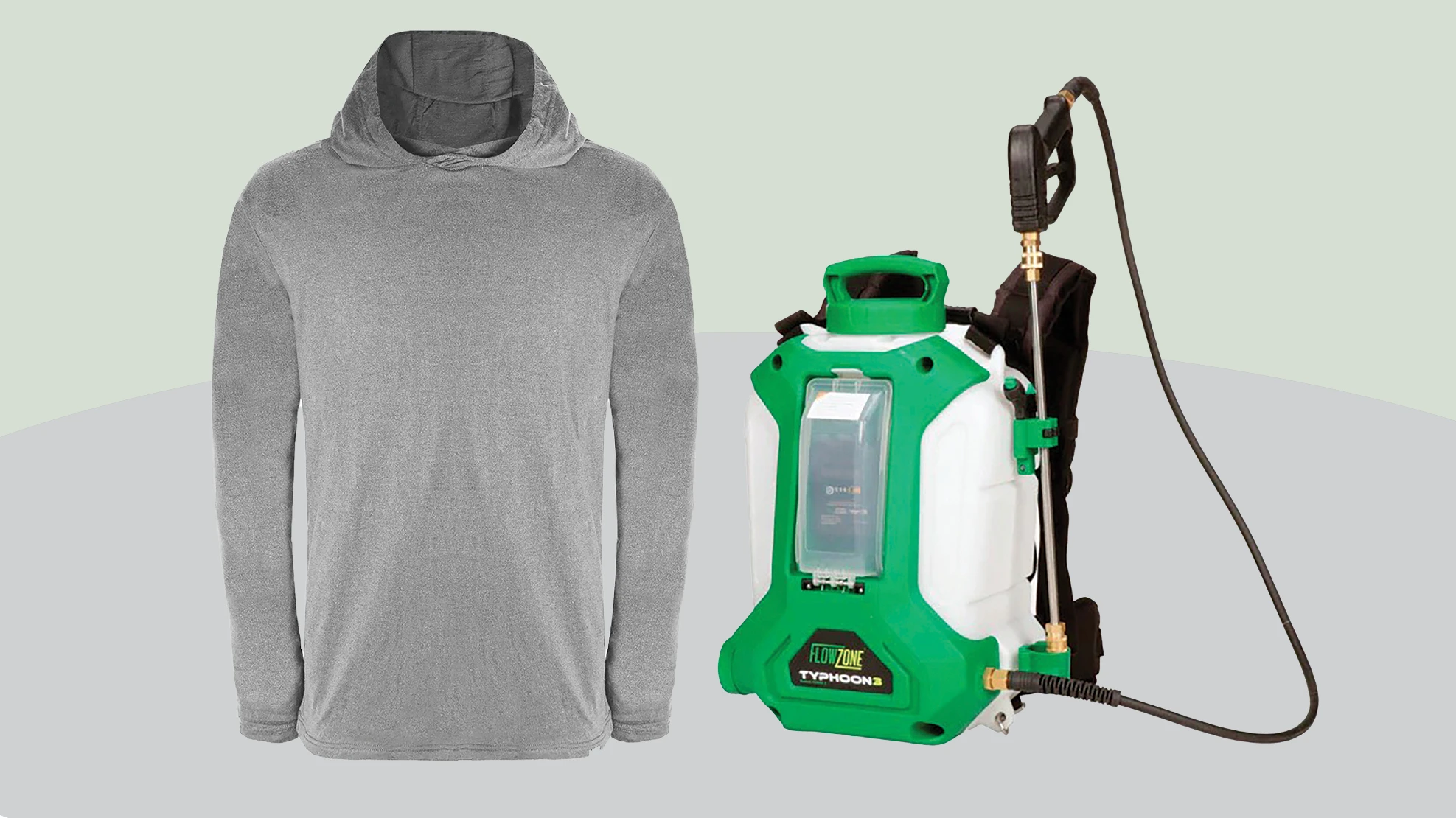

The Northeast suffered from a tropical storm in August that left more than 1 million Connecticut customers without power for up to a week. A couple of days after the storm, I visited a grower who thought he had been prepared with an automatic transfer generator that was connected to the electric panel. When the power went off the generator started, but failed to generate electricity. He said that it had not been started for over six months. And repair parts were not readily available.
How would a power interruption affect your business? Are any changes needed to cope with future interruptions? It’s surprising the number of growers that don’t have a backup power unit.
A reliable generator is necessary for greenhouse businesses to keep essential equipment operating when the utility power is interrupted. Interruptions of more than a few minutes during a cold winter night or a hot summer day will allow the temperature to exceed the acceptable limits. Heating equipment, fans, vent motors, and control systems need to be kept running. Lighting, water pumps and other essential equipment are also needed.
Select the best type of generator.
There are many models of generators available. They can be classified as engine driven or tractor driven. Engine-driven units are self-contained with the engine integral with the generator. These can be portable in sizes up to about 15 kilowatts (kw) or pad mounted above that size.
Engine driven units can be powered by gasoline, LP gas or diesel fuel. LP gas units tend to burn cleaner and require less maintenance. Diesel units cost more but have a longer life. When selecting a unit consider the type of fuel that is normally available on the farm.
Tractor powered generators have a lower initial cost because they don’t require an integral power source. A tractor large enough to power the unit should be available at all times. Generally it requires 2-1/2 horsepower of engine capacity for each 1,000 watts of generator capacity. Accurate control of tractor speed with a tachometer is essential to maintain the 1,800 or 3,600 rpm needed.
Proper voltage is essential for safe operation of electrical equipment. It must be matched to the greenhouse equipment. Most large generators are available with multiple voltages. Common voltages are 120/240. Some units will provide both single and three-phase power. Most generators manufactured today utilize solid state diodes to eliminate brushes on the commutator.
Generators are usually rated for continuous duty and load. Heavy duty units will take considerable intermittent overload that helps in starting larger motors.
A location for the generator near the electric distribution panel is best. Portable units can be stored indoors and then moved outside when backup power is needed, as some protection from the elements is desirable. In these scenarios, quick connect wiring of adequate size should be provided.
Permanently mounted units should have weather protection, and adequate ventilation is needed for engine heat removal. The exhaust must be vented outside, and the pipe kept at least 6 inches from combustible material. A muffler or insulated enclosure will keep exhaust noise at an acceptable level.

Size to power all equipment or just essential pieces.
A standby generator can be sized to power all the equipment on the farm or just the essential equipment that needs to be operated when a power interruption occurs. Full load systems are expensive. A 5,000-watt generator will usually operate all the essential equipment for three or four hoophouses. A 25-kw unit is commonly installed for a 1-acre gutter-connected house.
Discuss your needs with the electric supplier’s farm representative as well as a couple of standby generator suppliers. Most companies have a computer program that will help to determine the size of unit that is needed.Install to meet safety codes.
Except for a small standby generator that you can plug in a few heaters or fans, all units should be connected to the electrical distribution box by a transfer switch. This transfers or changes the source of electricity being used from the power company wires to the standby unit. It protects power company employees from feedback that could endanger their safety. The transfer switch is usually located next to the distribution box for ease of wiring.
Develop an operation and maintenance procedure.
A standard operating procedure should be developed for use during an emergency. Before starting the generator, shut off all electrical equipment. Place the transfer switch in the position to operate the generator. After the unit is started check the voltage. Then place the essential equipment into operation starting with the largest motor first.
If you already have a system in place, have you started it recently? A strict maintenance schedule should be followed so that the generator will always be ready to operate. Exercise the equipment at least once a month under load and keep a record of the testing dates. Store extra gasoline or diesel fuel in a safe place. Train someone else to operate the unit in the event of a power interruption in your absence. Be sure that power interruption and high-low temperature alarms are in good operating condition.
A standby generator is a good insurance policy for times when the utility power is interrupted. It can save your crops and keep the greenhouses heated or cooled.

Explore the November 2020 Issue
Check out more from this issue and find your next story to read.
Latest from Greenhouse Management
- The Growth Industry Episode 3: Across the Pond with Neville Stein
- A nation of gardeners: A history of the British horticulture industry
- How Izel Native Plants is solving the native plant conundrum
- Trends: Proven Winners 2025 perennial survey shows strong demand
- Online registration opens for 2025 Farwest Show
- Cashing in with customization
- The Ball Seed Difference
- Lawsuit challenges new H-2 visa rules






